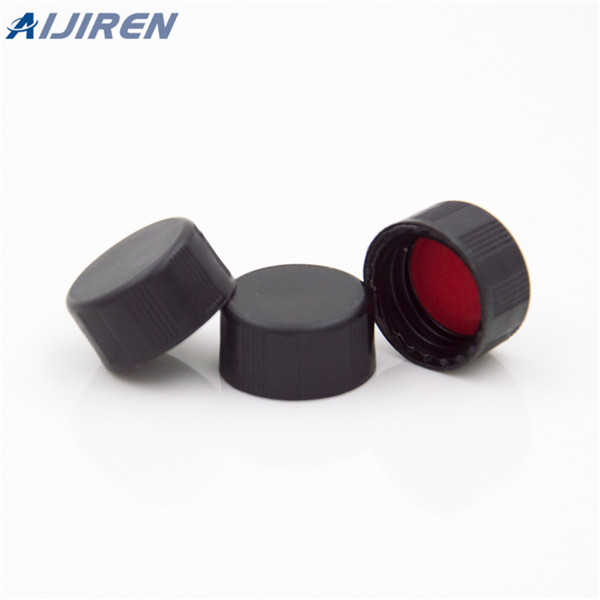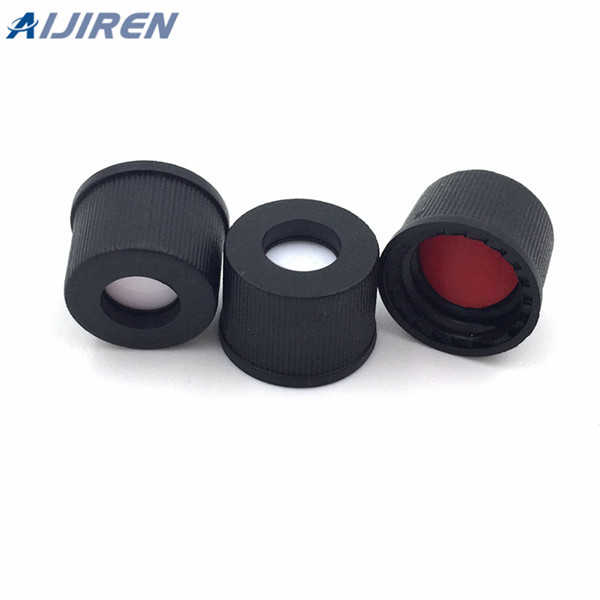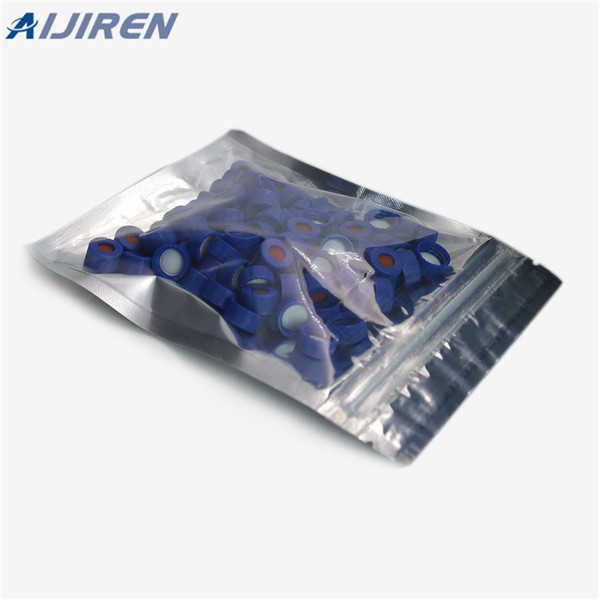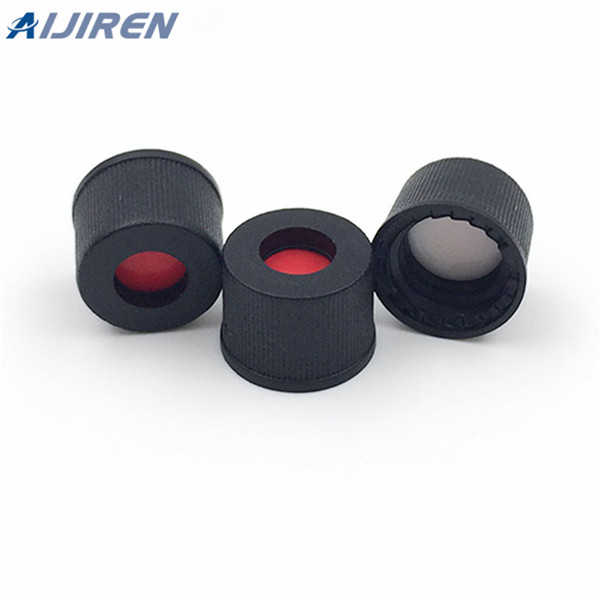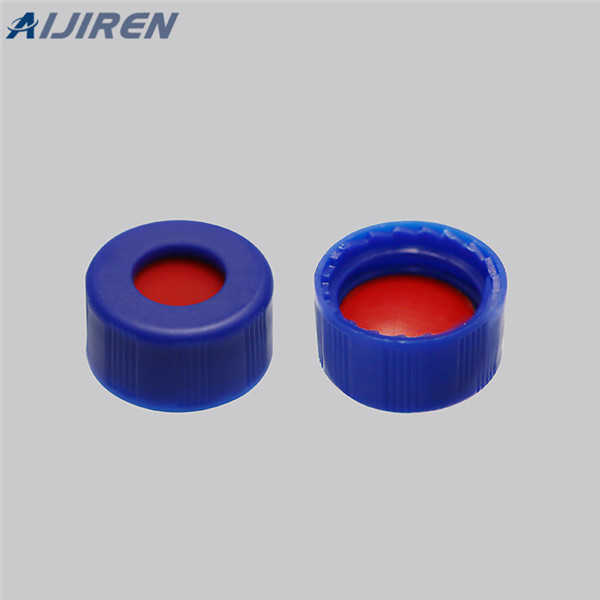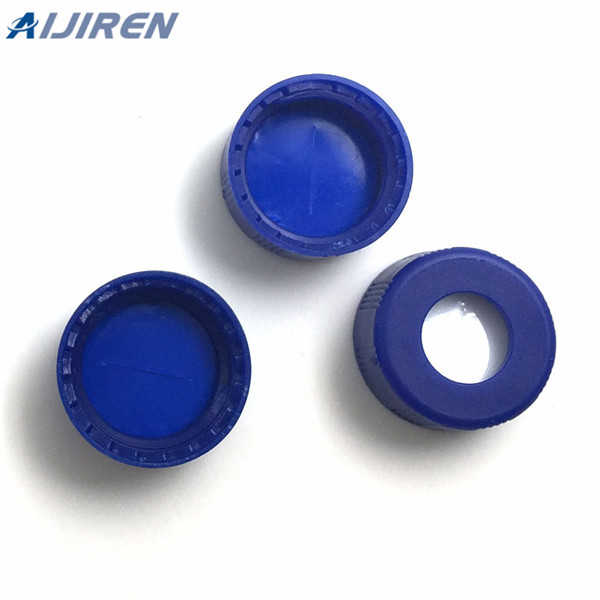The Role of PTFE Septa in Preventing Sample Contamination in Analytical Instruments
-
Jan 2, 2006 · When the needle pierces the septum, the rubber is exposed to the sample by either headspace or direct contact, which will affect the quality of the data in various ways. This application note discusses the influences of pierced PTFE/silicone septa in GC-MS experiments. Two examples are given: the loss of nonpolar volatile organic compounds
-
analytical instrument, some form of preparation is required for nearly every sample. The sample preparation could be as simple as “dilute and shoot” or as complex as multistage sample handling. The analytical cycle represents all of the steps from the point of collection to the final analysis and data output.
-
• Single-layered septa are acceptable if they do not contain plastics or adhesives that can contaminate the sample manager. (PTFE is recommended.) c. Use Waters-brand wellplates. Be aware that other brands may leach plasticizers (e.g., diisooctylphthalates). d. Foil-lined plate covers are acceptable as long as the aluminum does not touch the
-
Analytical Vials. Vials play a significant role in analytical analysis and result reproducibility. Vials must be inert and free of extractables or leachables to prevent affecting results. Using certified, application-specific, contaminant-free vials can significantly reduce risk. We offer a broad spectrum of Supelco ® products including
-
make PTFE/silicone septa suitable for all types of chromatographic applications . A thin film of PTFE is laminated to the side of the septum that faces the sample to limit exposure of the elastomer to the solvent . PTFE/Silicone septa are ideal for use in most HPLC and GC applications where resealability and purity are critical . Pre-slit PTFE
-
When this happens, septa material can flake off into the vial and contaminate the sample. To prevent coring : • Choose a PTFE-lined septum to prevent sample contamination • Make sure the needle is not damaged and consider a side-entry instead of conical needle • Use pre-slit septa which will eliminate coring Vacuum Generation
-
Certified Low TOC Vials are reliable, economical, and clean to ensure quality TOC measurements. Pre-Acidified TOC Vials can save time and improve TOC recoveries in cleaning validation applications. Available in options for swab samples (pre-filled with acidified water) or final rinse samples. Dual Use Conductivity & TOC (DUCT) Vials enable
-
Select Level 3 products for ultimate performance and sensitivity from your methods, while maintaining the highest levels of sample security and integrity. Choose from a variety of kits containing short thread screw vials with marking spots in clear or amber glass and polypropylene caps with silicone/PTFE septa designed to reduce autosampler
-
Both types of silicone and butyl rubber septa have a PTFE barrier layer which faces the sample, which reduces the contact between the sample and the silicone and butyl rubber. Before the PTFE layer is punctured, the chemical compatibility properties of the PTFE will
-
The sample preparation procedure should be specified in the sample analysis procedure and should be included as part of the sample and analysis plan (SAP) or quality assurance project plan (QAPP). This procedure should demonstrate that extreme care is taken to prevent sample contamination during preparation and extraction.
-
228-21287-91. Description: 4mL vial kit,4-SV 100/PCT. Learn More. Showing 1 to 30 of 32. 1. 2. ShopShimadzu, your online analytical consumables store based in Singapore. Visit our website and register to get the latest offers and product updates!
-
Select Level 3 products for ultimate performance and sensitivity from your methods, while maintaining the highest levels of sample security and integrity. Choose from a variety of kits containing short thread screw vials in glass or TPX and polypropylene caps with silicone/PTFE septa designed to reduce autosampler needle issues.
-
The septum is provided with a thin 0.005” PTFE layer laminated to highly pure silicone, and slit through the center for easier needle penetration and to release the vacuum that forms when a large volume of sample is withdrawn from a vial.
-
Prevent sample evaporation due to poor vial-septa-cap sealing; UltraClean™ high-purity septa are optimized for GC and headspace analysis; Select caps with UltraBond® septum to avoid sample contamination; Silicone/PTFE septa offers the cleanest solution for contaminant free sample handling
-
Septa selection guide Overview Diferent septa material for LC and GC applications There are many diferent types of materials used to produce the septa found in LC and GC vial caps. This document will provide you with the technical guidance you need in order to make the right selection. Choosing the right septa
you can contact us in the following ways.

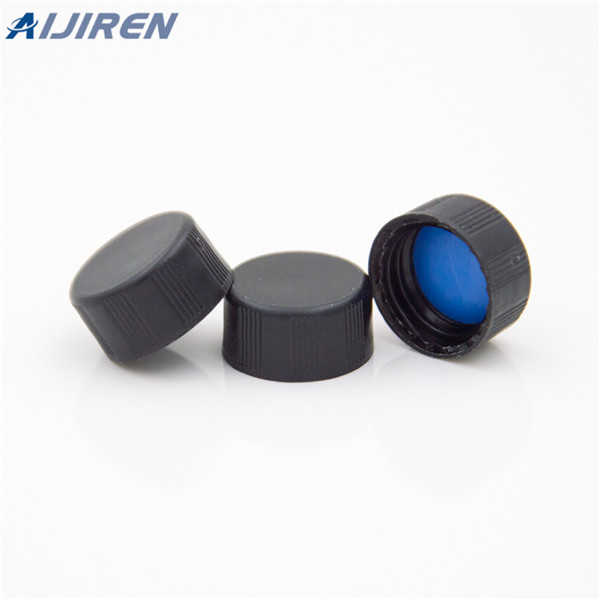

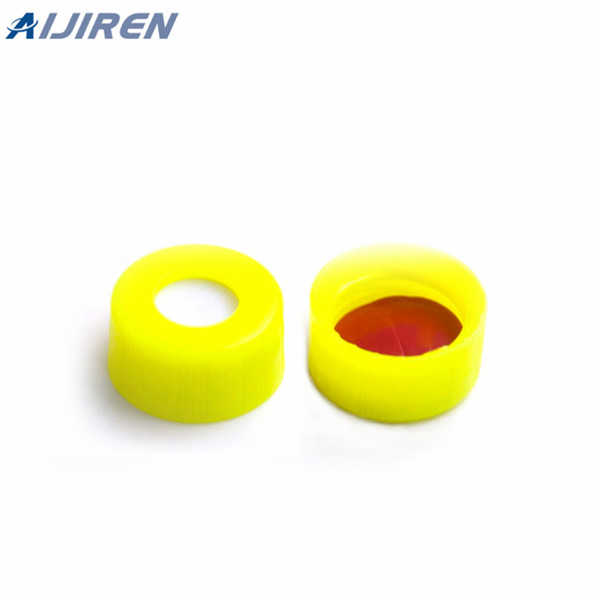
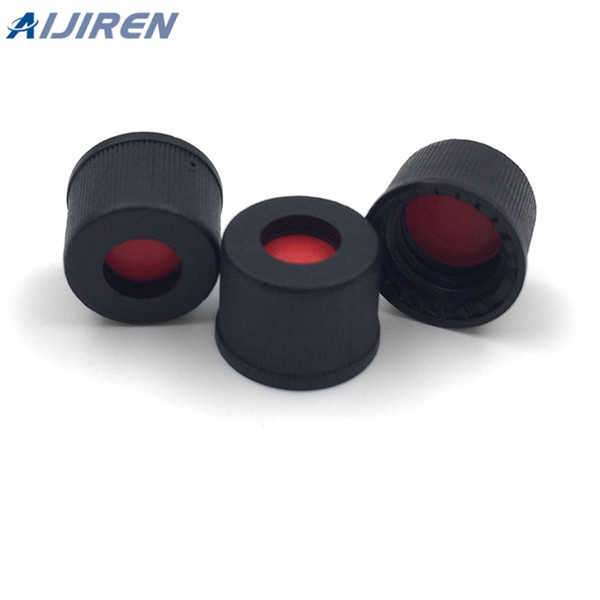
.jpg)

